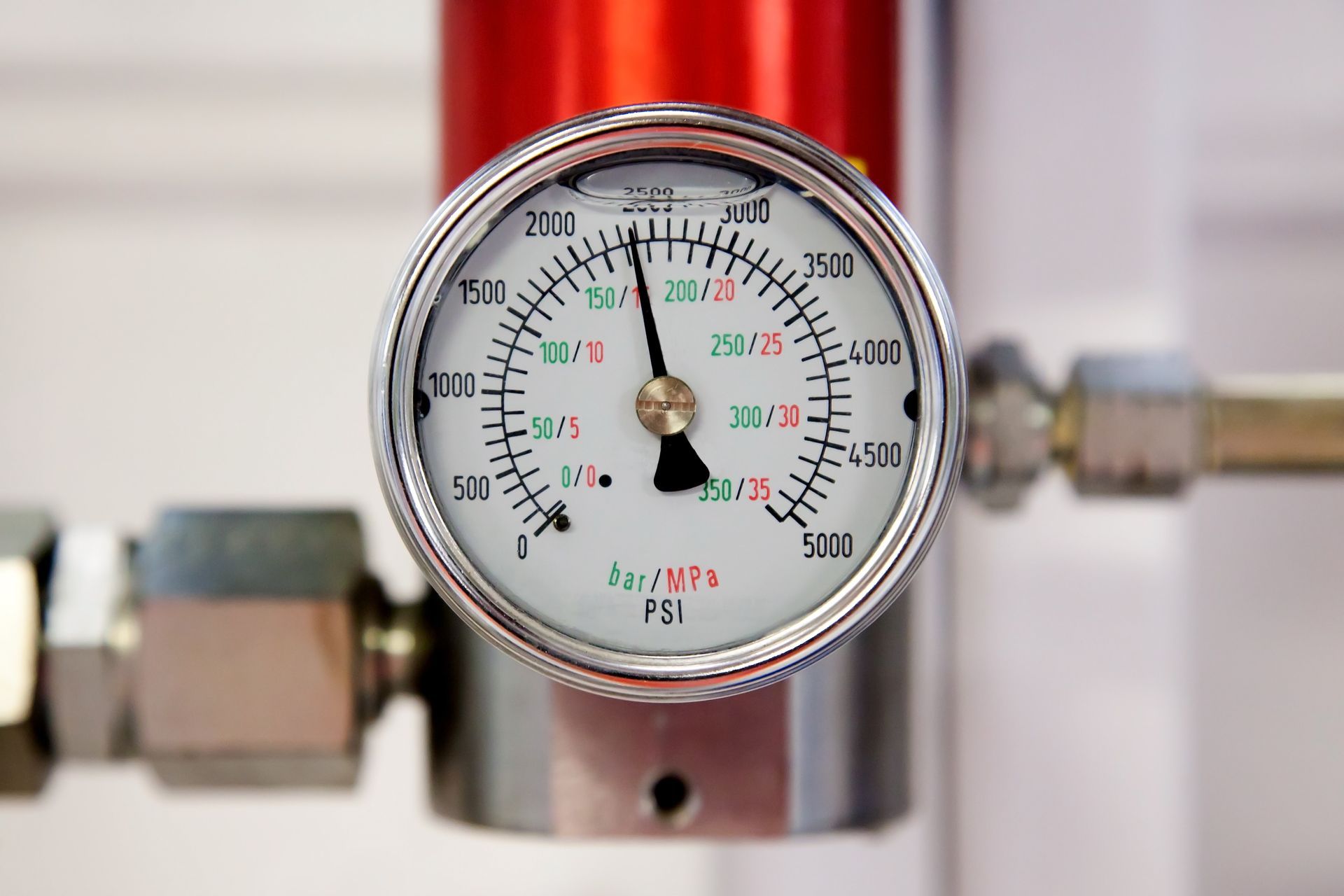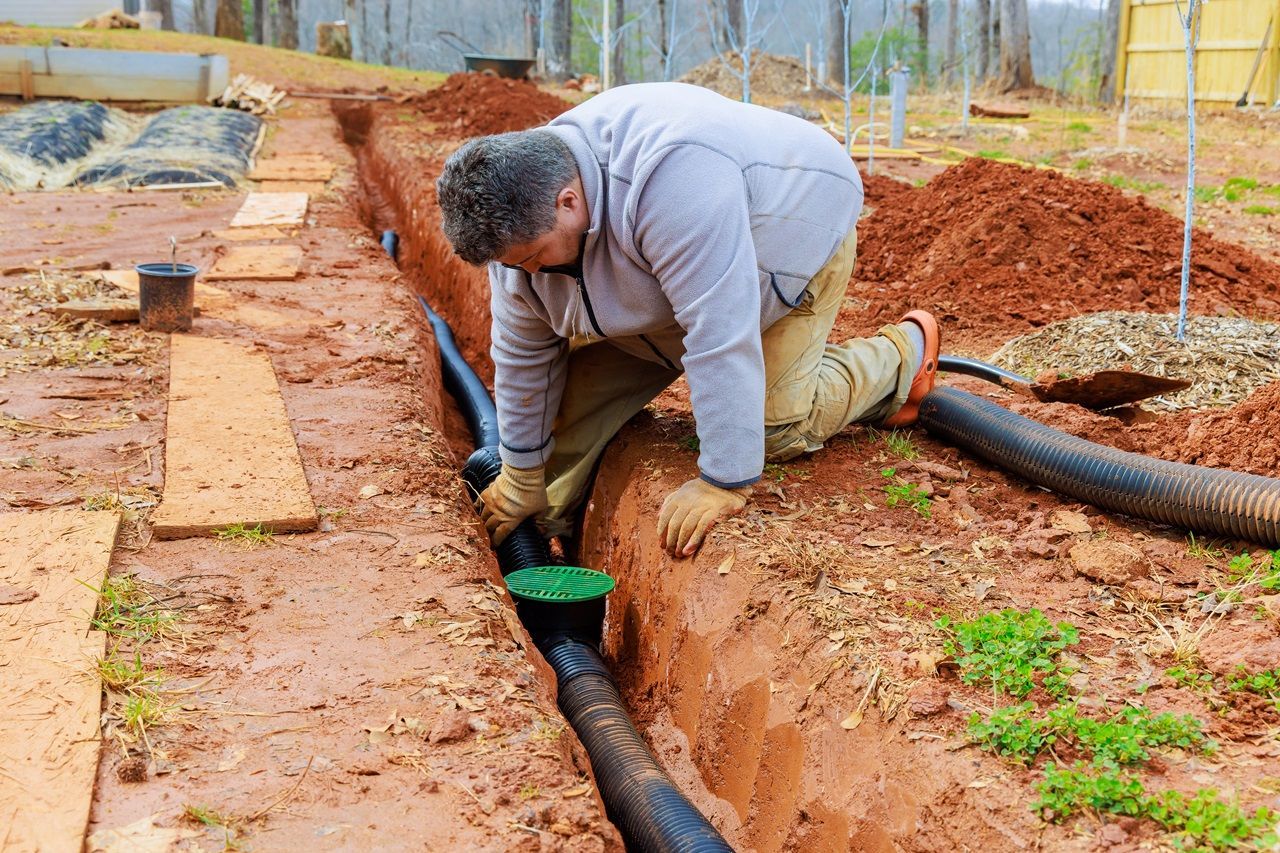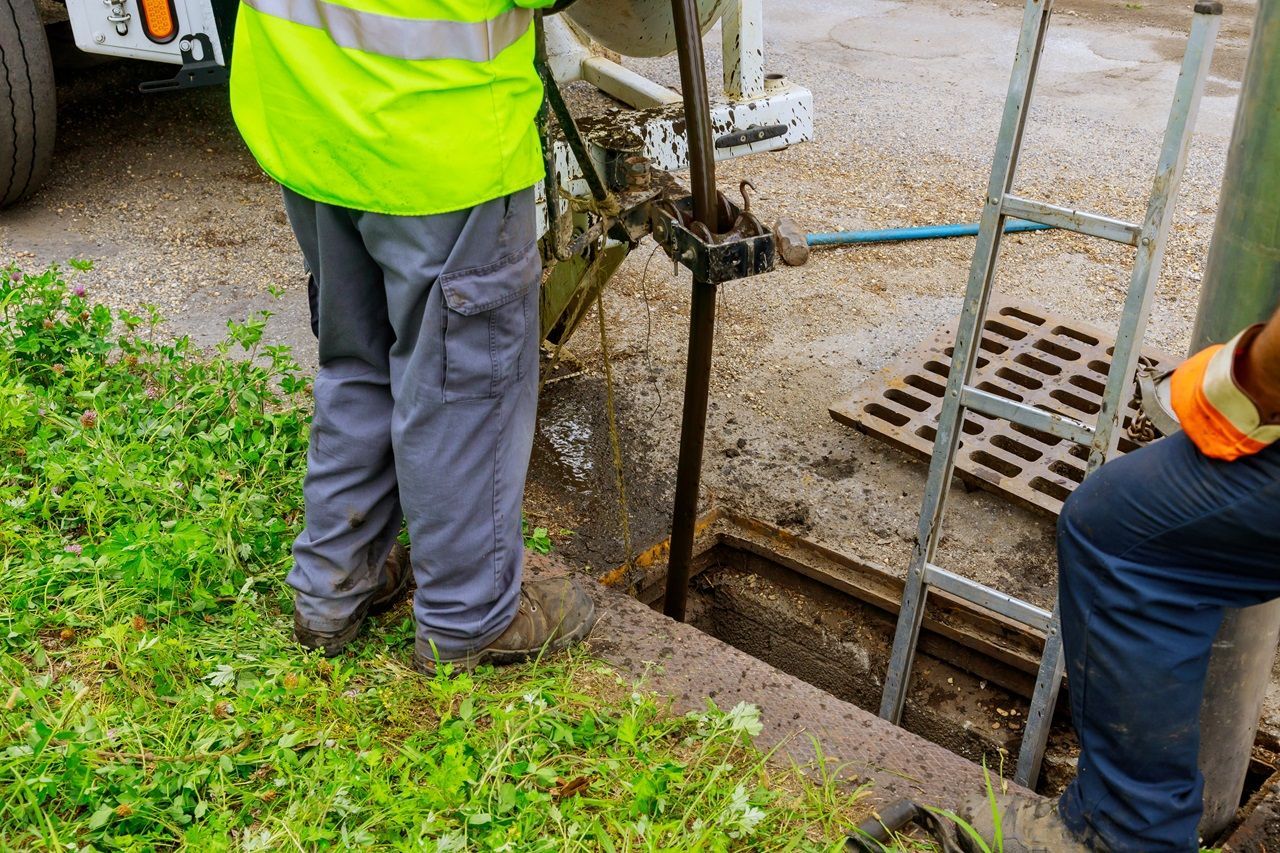The Ultimate Guide to Backwater Valve Installation for Flood Prevention
One of the most devastating issues a homeowner can face is flooding caused by a sewer backup. When heavy rains and storms strain municipal sewer lines, excess water can find its way back into your home, causing extensive property damage, unhygienic conditions, and potential health hazards. Fortunately, there is a preventive measure that can safeguard your home against such catastrophes: installing a backwater valve. A backwater valve serves as a crucial defence mechanism against sewer backups, ensuring that your home's plumbing system remains unharmed during extreme weather conditions and eliminating the risk of flood damage.
In this comprehensive guide, we will explore the importance of backwater valve installation as part of a holistic flood prevention strategy. We will detail how these devices function, the numerous benefits they provide, and how the experts at DCG Plumbing can ensure that your backwater valve installation is conducted with precision and professionalism. By acquainting yourself with the vital role played by backwater valves and choosing to entrust your installation project to the skilled team at DCG Plumbing, you are effectively investing in the long-term protection of your home against sewer backups and subsequent flood damage.
In the face of increasingly unpredictable weather patterns and seasons of heavy rainfall, proactive measures to shield your home from flooding become all the more indispensable. A backwater valve, when properly installed and maintained, offers an unparalleled means to defend your home against the destructive forces of sewer backup. With DCG Plumbing's expertise at your disposal, you can rest assured that your home is equipped with a robust and reliable backwater valve system, minimising the threat of flood damage and ensuring a stress-free, flood-free living environment for years to come.
1. Understanding How Backwater Valves Function
A backwater valve is a one-way flow control device specifically designed to prevent sewer backups. It is usually installed on the main sewer line connecting your home's plumbing system to the municipal sewer. In its normal state, the valve permits the flow of wastewater from your home to the municipal sewer. However, when water pressure from the municipal sewer increases due to heavy rain or flooding, the backwater valve automatically closes, preventing the reverse flow of water into your home.
Flapper Valves and Gate Valves
There are two primary types of backwater valves: flapper valves and gate valves. Both serve a similar purpose but operate slightly differently.
- Flapper Valves: This type of backwater valve consists of a hinged flapper that lifts upward to allow sewage to flow out of your home and falls back into a closed position when the flow is reversed.
- Gate Valves: This valve works by using a sliding gate that moves vertically up and down, closing off the sewer line when the sewage flow reverses.
2. Key Benefits of Installing a Backwater Valve
Backwater valve installation offers numerous advantages for homeowners seeking to prevent sewer backups and subsequent flood damage.
Flood Prevention
The primary purpose of a backwater valve is to reduce the risk of basement flooding caused by sewer backups. By preventing water from flowing back into your home, these devices offer significant flood protection during heavy rain or storms.
Property Damage Reduction
By preventing sewer backups, backwater valves not only protect your home from flood damage but also minimise the potential for structural or foundational issues resulting from water intrusion.
Health and Safety
Sewage backups can introduce harmful contaminants and bacteria into your home, posing a significant risk to your family's health. A well-installed backwater valve safeguards your living environment from these health hazards.
3. Enlisting DCG Plumbing for Professional Backwater Valve Installation
Choosing the right plumbing expert is crucial to ensuring the successful installation and maintenance of your backwater valve. DCG Plumbing offers unparalleled experience and skill in backwater valve installation, providing you with a reliable and effective flood prevention solution.
Assessment and Consultation
The team at DCG Plumbing will assess the unique needs of your home, discuss the available backwater valve options, and provide expert advice on the best solution to meet your requirements.
Seamless Installation
With extensive experience in backwater valve installation, the DCG Plumbing team will ensure a thorough and efficient installation process tailored to your specific plumbing system.
Post-Installation Support
Once your backwater valve is successfully installed, DCG Plumbing will continue to provide support in the form of regular maintenance and inspections, ensuring your valve remains functional and effective for years to come.
4. Tips for Maintaining Your Backwater Valve
Regular maintenance of your backwater valve is essential to guaranteeing its ongoing functionality and effectiveness. By following these best practices, you can ensure that your backwater valve remains in optimal condition for reliable flood prevention.
Regular Inspections
Perform routine visual inspections of your backwater valve to ensure it is free of debris, damage, and corrosion. In addition, have a professional inspection carried out by DCG Plumbing once a year to guarantee the optimal performance of your valve system.
Clearing Debris
Accumulated debris can hinder the performance of your backwater valve. Ensure that your valve is regularly cleared of any obstructions to maintain proper function and flow.
Testing
Periodically, manually operate the valve to verify its functionality and identify any potential issues that require attention. Contact DCG Plumbing should you encounter any problems during testing.
Conclusion
Installing a backwater valve is a proactive and effective means of protecting your home from the hazards of sewer backups and subsequent flooding. When backed by the expert services of DCG Plumbing, you can have peace of mind knowing that your backwater valve is optimally installed and maintained for long-lasting flood prevention. Don't leave the safety of your home to chance—invest in a
professionally installed backwater valve and take advantage of the invaluable support provided by DCG Plumbing's experienced team. Secure your home against the dangers of sewer backups and flooding today, and enjoy the benefits of a safer, drier living environment for years to come.



